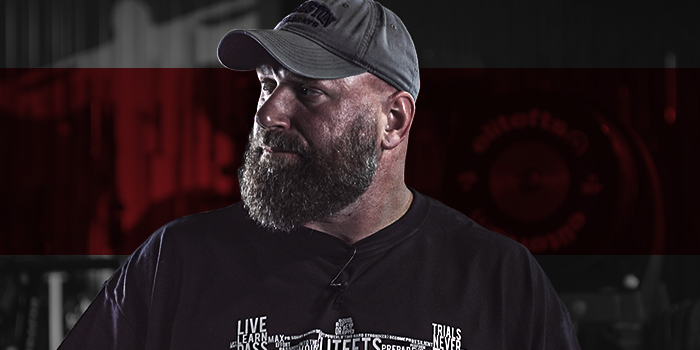
Currently I have three assistants (finally). One has some experience and the other two were in college last May, so they're inexperienced to say the least. As I've gone through the last few weeks there are a few things I've noticed. At this time of year it's a pain in the ass because I'm tired, I'm sick of every single athlete and I need a break.
However, this has been a great learning experience for me. I always read and search for information in an attempt to continually improve my program. Whether it's a sets and reps improvement or just basic day to day operations.
I've come across a few deficiencies. I'm having a hard time wrapping my head around the fact that I have flaws. My therapist will be getting a call.
In all seriousness, I think this is great for me. I definitely get a little complacent towards the end of semesters. I don't read as much. I don't "do extra". I just kind of get it done and make excuses about why I'm not doing certain things.
With two new guys I've been forced to have to explain why I do things the way I do them. It has made me really look at my "rules" and have to simplify them so that teaching what I want is easier for them to understand. This isn't a case of them being dum-dums. This is a case of me understanding what I do, but not having some clear cut rules that make it easy for others to understand.
There are a few things I've come across, but I'm going to lay out how I go about setting up my program and the rules I use to make it easy.
Big Picture: General Rules of the Template
- Main Lift (Total/Lower/Upper) paired w/mobility
- Supplemental Lift (Lower/Upper/Total) paired w/Upper Pull
- Strength Circuit
- Lower (opposite)
- Upper Push
- Upper Pull
Main Lift
- Total - Hang Clean/Lower - Squat/Upper - Bench
- Never Change
- 5 sets of 5 reps (sometimes 3's toward the end of a training cycle)
- Follow 3-Set Progression (10% increases per set)/4-Set Progression (5% jumps) for Olympic Lifts
- Heaviest lift of the day
Supplemental Lift
- Variations of the Main Lifts: Lower/Upper/Total
- Change every cycle (3 or 4 weeks)
- 5 sets of 5-10
- Usually follows FSL or BBB (all sets done at same weight), but I've used the 3-Set Progression, as well.
- 10-20% less than Main Lift percentage
- Paired with an Upper Pull
3 Exercise Circuit (Basic)
- Lower Opposite (opposite of Main or Supplemental Lift)
- Upper Push (can be a BB, but usually DB or Bodyweight)
- Upper Pull (opposite of Pull in Supplemental Block
- 5 sets of 5-10 reps
- Sets performed every minute
4 Exercise Circuit
- Lower Opposite
- Upper Push
- Upper Pull
- Mobility
- 4 sets of 5-10 reps
- Sets performed every minute
5 Exercise Circuit
- Lower Opposite
- Upper Push
- Upper Pull
- Mobility
- Abs
- 3 sets of 5-10 reps
- Sets performed every minute
There's a little more, but this is the main component of the template. With this, you can figure out how to organize lifts and choose exercises.
This is not something I had on paper before yesterday afternoon. It was all in my head. I spent a good portion of yesterday talking with the new guys explaining this and taking my own notes at the same time. There are a few more things that I'll do this for as I figure out a better way to explain how I want things done.
My advice to young coaches is make some "rules" for your programming and then follow them. It will make it much easier to explain what you're doing. When my new guys explain their programs to me they have no clue where to start and get sidetracked. As they explain out loud they start to realize that they don't really know what they're doing.
As I thought of this I started with:
- Broad picture
- A little more in-depth (rules/goals of each block)
- How to make different training days work together
- Actual daily/weekly plan
I didn't include all of this in here, but I do have the rest of it. I'm getting sick of typing so it may be a later entry.
As I've mentioned before, I like "rules". Once you have rules you can just plug in movements that will address the goals of each block. As you move on in your career it will become easier and easier for you to explain your ideas to the people that work for you.
The easier it is for me to explain what I want, the easier it will be to understand. The better they understand the easier it will be to implement with everyone on the same page.










1 Comment